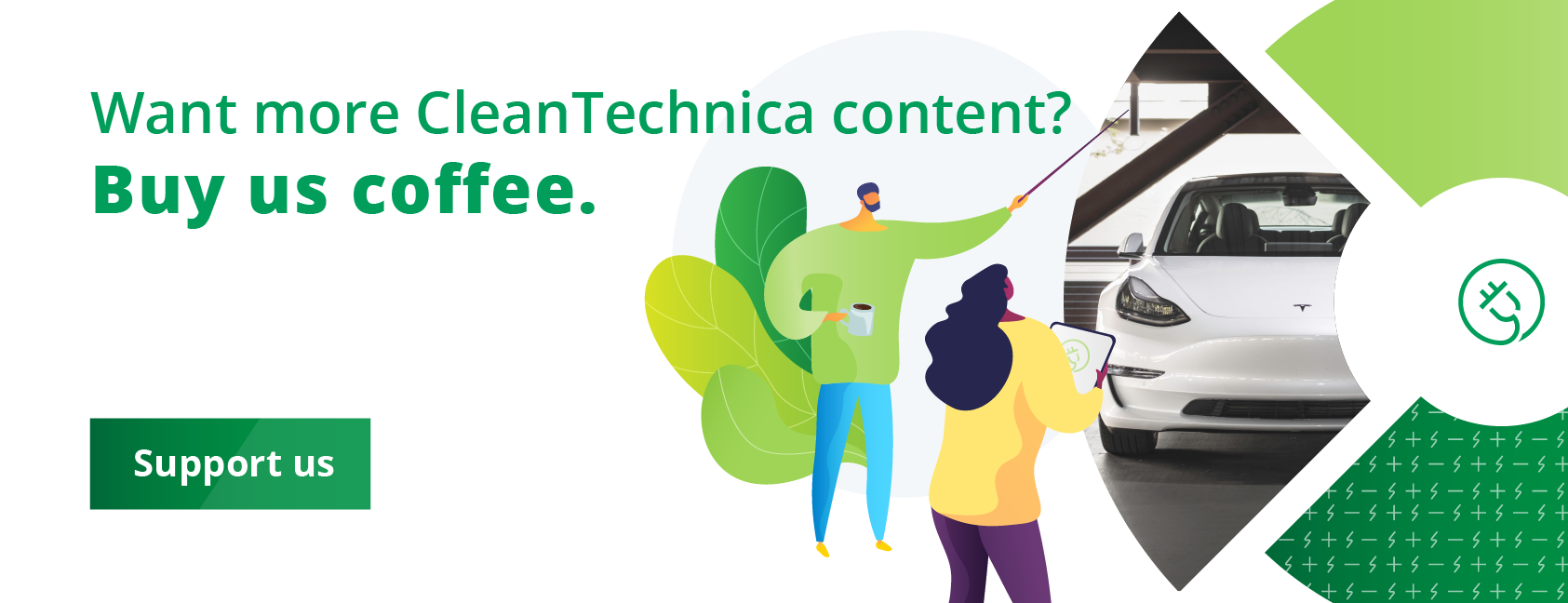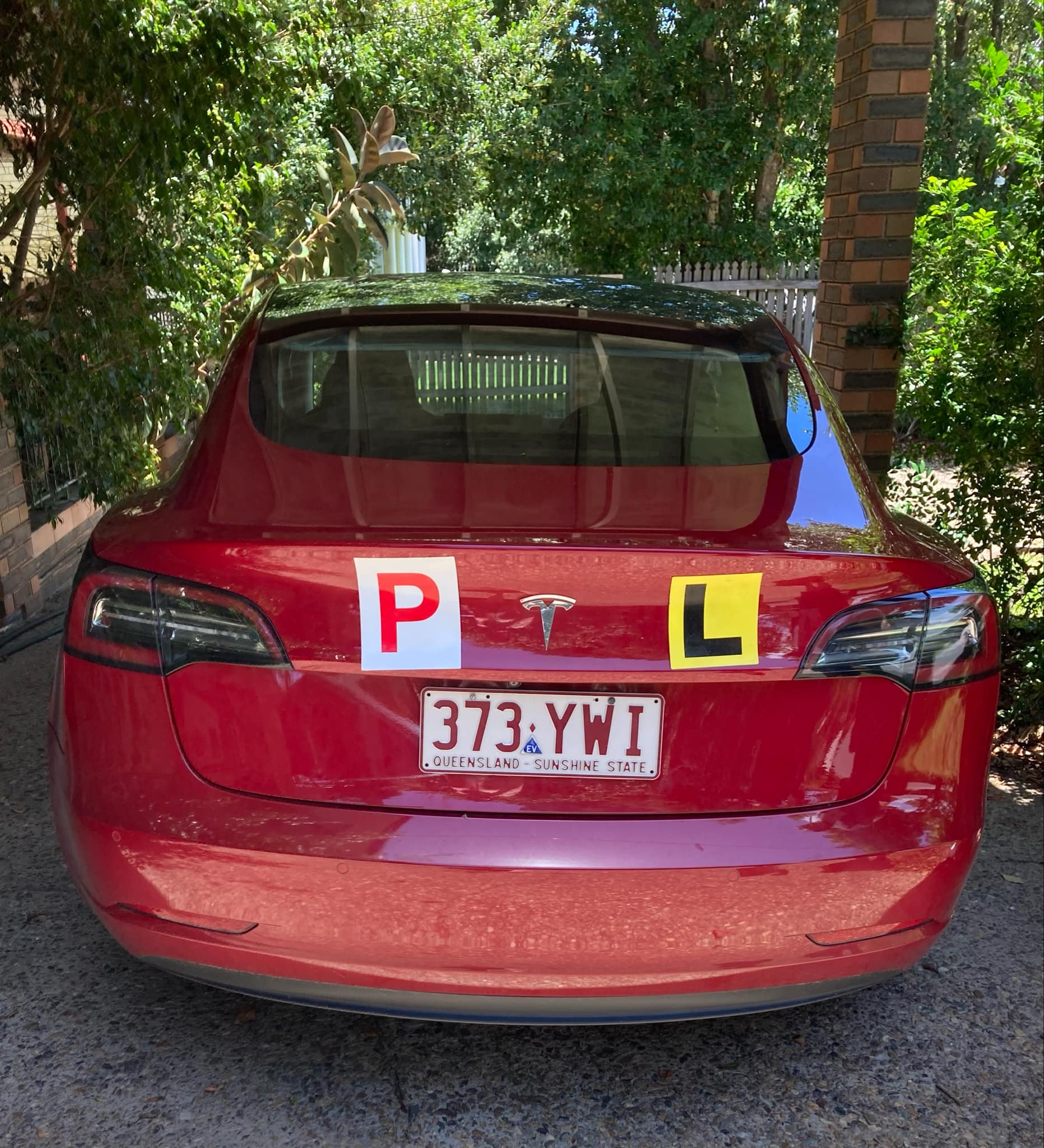
This story about Green Mountain Power has been modified as noted below.
Green Mountain Power, the largest utility company in Vermont, is one of the most progressive utilities in America. (There are others, but they tend to be municipally-owned.) Back in 2015, it started a small pilot program that made Tesla Powerwall residential storage batteries available to customers at no charge.
The customers paid a small monthly fee — $15 a month initially — in addition to their regular utility bill. In exchange, they got to store electricity on site for use during grid outages. Although the program was open to any person within GMP’s service area who had an electric meter, its primary focus was on those with rooftop solar systems.
After ten years, the battery was free to use for as long as it lasted. Whenever it stopped working, GMP would come remove it and recycle it responsibly at no cost to homeowners. The payoff for the company was that it got to access all those residential storage batteries and network them into a virtual power plant. That way, it could draw power from them when demand peaked. At other times, they could provide voltage and frequency stabilization functions for Green Mountain Power.
The payoff is that GMP didn’t have to build new generating facilities to meet peak power demands and could benefit monetarily from the grid stabilization services supplied by the batteries. It tells Canary Media its yearly savings now total about $3 million. The system has grown to include 4800 batteries with a combined capacity of 27 MWh.
[Note: Kristin Kelly of Green Mountain Power did not care for our characterization of its residential storage battery program. She said in an e-mail, “We don’t benefit monetarily, customers do. These programs are designed so they pay for themselves and return value beyond that, which all flows to customers, lowering their costs.” Readers are free to make up their own minds.]
Until now, the Vermont Public Utilities commission limited the number of new customers who could sign up for the program each year to 1000 — 500 who wanted the Tesla Powerwall, and 500 who purchased and installed their own battery.
“We were filling up the customers at the beginning of the year pretty quickly and then creating a waiting list,” said Josh Castonguay, the top innovation executive at the GMP, which serves 270,000 customers in Vermont. “Clearly the program is successful, it’s performing as we expect, and customers are looking for this.”
On August 18, 2023, the Vermont PUC eliminated the limit on the number of new customers who could subscribe each year, so at least until the commission revisits the subject in 3 years, there is no longer a cap on the number of people who can sign up each year. Those who opt for the Powerwall now pay $55 a month and those who install their own battery can earn up to $10,500.
These individuals benefit from cheaper access to energy storage, but the reason regulators signed off on the program is that Green Mountain Power uses these devices to lower its total demand on monthly and annual peak-consumption hours.
When the home battery program started, the utility touted the ability of battery backups to help homes get through winter storms that regularly knock out power lines in remote parts of the state. Now climate change is helping fuel disastrous weather in Vermont throughout the year, further raising the appeal of backup power. Three of the worst winter storms the utility has ever dealt with happened this past winter, Castonguay said, and July brought the worst flooding in the state since 1927.
But beyond helping customers weather outages, the battery fleet also serves as a forward-looking investment in a more electrified future for the utility itself. Green Mountain Power already sources carbon-free power for its customers, but it anticipates electrifying vehicles and buildings to achieve decarbonization throughout the entire economy in the parts of the state it serves. Those new loads will change demand patterns and having a flexible fleet of batteries that can respond to utility signals will help Green Mountain Power manage those broader shifts, Castonguay said.
Green Mountain Power Has Progressive Ideas
We don’t like to carp, but the utility industry has not exactly been forward-leaning when it comes to embracing the renewable energy revolution. Investor-owned utilities in particular have spent tens of millions of dollars to lobby state and federal officials to keep the status quo a little while longer.
Some of that is because these large corporations think 30 to 50 years ahead. New generating plants cost a lot of money and can take decades before they start creating a return on investment. Green Mountain Power is different. It sees the changes that are coming and is taking prudent steps to address them.
Utility companies sell electricity. It’s what they do. An increase in electric cars means an increase in electricity sold. That part seems pretty clear. Back in 2017, GMP offered people a cash rebate of $10,000 if they purchased a new Nissan LEAF. In an article published by CleanTechnica at that time, we reported that Mary Powell, then the CEO of the company said, “At GMP, we are committed to helping our customers find ways to use clean sources of energy and to save money, as we partner on a new energy future. This rebate and the (federal) tax credit combined will make electric vehicles financially viable for more Vermonters.” Not many other utility companies followed GMP’s lead.
[Note: Kristin Kelly informs us, “The 2017 Leaf incentive was not a cash payment/rebate, it was a reduction on the purchase price at the dealership.” The head of the company said it was a rebate. We reported it was a rebate. Now Kelly insists it was not a rebate. You are free to decide for yourself, assuming the details of a 6-year-old program are still relevant to you.]
In 2018, after the Tesla Powerwall program reached a critical mass, the company announced the system saved it $500,000 during a surge in demand for electricity during a heat wave. Instead of needing to go into the spot market and buy extra electricity at elevated prices, it merely tapped the stored energy in all those batteries, kept the lights on, and saved a ton of money at the same time. It should be pointed out that those savings benefit all rate payers, not just those with residential storage batteries.
Large scale integration of small, distributed resources remains rare among regulated utilities, Canary Media says. Most struggle to move beyond pilot programs, much less enlist thousands of households to participate in a cleaner, nimbler grid.
Utilities often seem uninterested in proving the potential of small customer-centric devices to take on roles previously served by large utility-owned projects. They might view the decentralization trend as threatening to their business models and their primacy in the power system.

Yet Green Mountain Power has managed to give its customers preferential access to new clean energy technologies while playing a central role in orchestrating it all. With the help of this residential battery program and other clean energy initiatives, GMP expects to offer its customers 100% zero emission electricity no later than 2030. Chances are, it will reach that goal early, given its commitments to date.
We wonder if at national utility industry conferences, people from Green Mountain Power are shunned or given seats in the back of the auditorium. We hope not. We hope they are spreading the news that a utility company can be “green” and still be profitable. That is a message many of its peers in the industry need to hear.
A Follow-Up
Kristin Kelly thought it was important for our readers to know that, “Mari McClure was named CEO in 2019, and she is leading our groundbreaking work to boost resiliency while lowering costs for all of our customers. Our energy supply is 100% carbon free and 80% renewable now, and it will be 100% renewable by 2030.” She added, “Our focus is on making sure our customers have a good experience with all of our programs and accurate info helps avoid customer confusion.”
Thank heavens our original article was complimentary. We hate to think what sort of response we would have gotten from the company if we had let a whisper of criticism creep in!
I don’t like paywalls. You don’t like paywalls. Who likes paywalls? Here at CleanTechnica, we implemented a limited paywall for a while, but it always felt wrong — and it was always tough to decide what we should put behind there. In theory, your most exclusive and best content goes behind a paywall. But then fewer people read it! We just don’t like paywalls, and so we’ve decided to ditch ours. Unfortunately, the media business is still a tough, cut-throat business with tiny margins. It’s a never-ending Olympic challenge to stay above water or even perhaps — gasp — grow. So …




